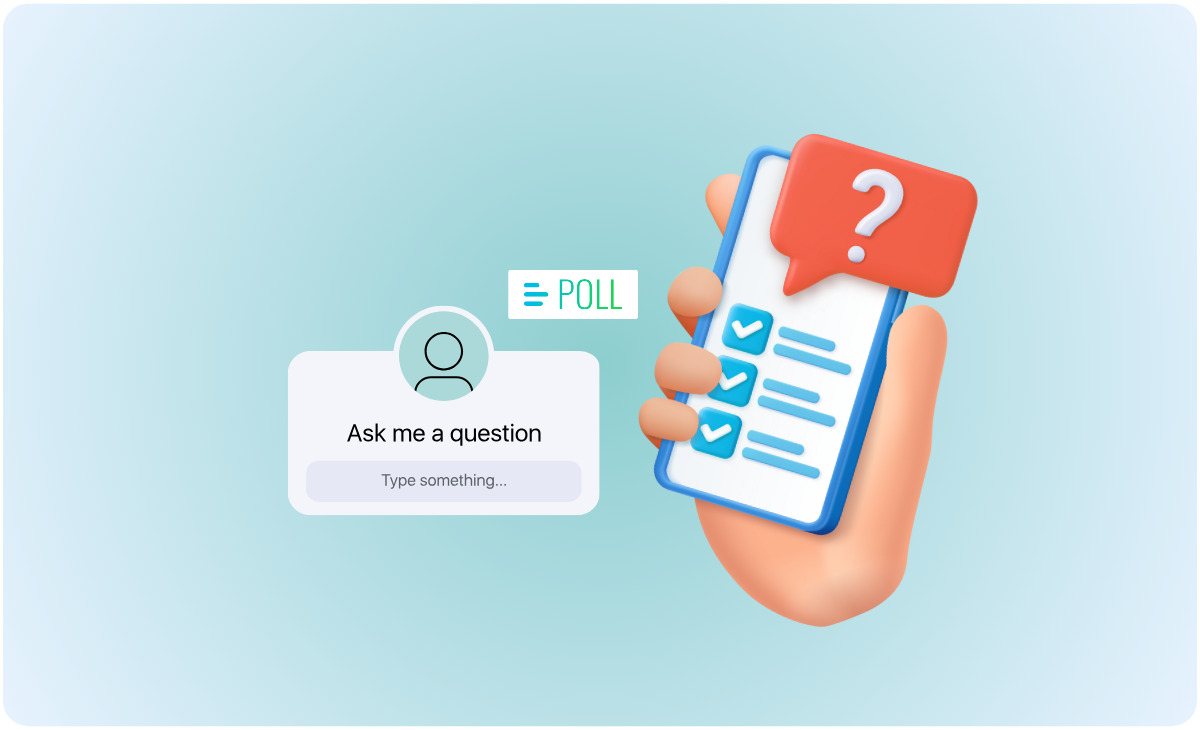Encouraging Audience Participation Through Polls and Surveys
Keeping an audience engaged on social media is one of the biggest challenges for brands and content creators. With endless posts competing for attention, users tend to scroll past content that doesn’t directly involve them. Polls and surveys offer a simple yet effective way to grab attention and encourage participation. By allowing followers to share their opinions with just a few clicks, these interactive features make engagement effortless.
Unlike standard posts, which require likes or comments for interaction, polls and surveys provide a more structured way to collect audience input. When users are presented with a question and a set of options, they are more likely to respond than if they had to type out a comment. This ease of participation makes polls a powerful engagement tool across platforms like Instagram, Twitter, LinkedIn, and Facebook.
Beyond engagement, polls and surveys give brands valuable insights into audience preferences, interests, and behaviors. Understanding what followers like helps businesses create more targeted content, leading to stronger relationships and better long-term engagement.
How Polls Increase Engagement Rates on Social Media
When social media users see a poll on their feed, they often feel a natural curiosity to see how others are voting. This instant involvement drives engagement, as users not only participate but may also return to check the final results. The interactive nature of polls keeps audiences engaged for longer, which helps boost post visibility in social media algorithms.
Polls also encourage discussions in the comments section. When people have different opinions, they may explain their choices, sparking conversations among followers. This creates organic interactions, increasing the reach and impact of a post.
Additionally, polls are versatile. They can be used for lighthearted engagement, such as asking followers to vote on their favorite coffee flavor, or for more strategic purposes, like gathering feedback on upcoming product launches. This adaptability makes them an essential tool for brands looking to connect with their audience.
Surveys as a Tool for Understanding Audience Preferences
Surveys provide a deeper level of audience insight compared to polls. While polls typically offer limited response options, surveys allow for open-ended questions, multiple-choice selections, and ranking-based inputs. This flexibility helps businesses and creators collect detailed feedback about their audience.
For example, a fashion brand might conduct a survey asking followers about their preferred clothing styles and shopping habits. By analyzing responses, the brand can tailor its future content and promotions to better align with customer interests. Similarly, content creators can use surveys to ask their audience what type of videos or blog topics they’d like to see next.
The key to a successful social media survey is keeping it short and easy to complete. If a survey is too long, users are likely to abandon it before finishing. Offering incentives, such as discount codes or exclusive content, can further encourage participation and increase response rates.
Boosting Brand Trust and Loyalty with Polls and Surveys
Engagement isn’t just about numbers—it’s also about building strong relationships with followers. When brands take the time to ask for opinions through polls and surveys, it makes audiences feel valued. This sense of inclusion helps strengthen trust and brand loyalty over time.
Transparency is another benefit. When businesses openly share survey results or make decisions based on audience input, it shows that they listen to their customers. This type of interaction creates a two-way conversation, making brands appear more approachable and customer-focused.
In addition, social media polls and surveys allow brands to demonstrate their expertise by gathering industry-related insights. For instance, a technology company might run a survey on future tech trends and publish the results as a report, positioning itself as a thought leader in the field.
Creating Viral Content with Engaging Polls
One of the biggest advantages of polls is their potential to go viral. A well-crafted question that sparks curiosity or debate can quickly gain traction, leading to more shares, retweets, and discussions.
For instance, a fast-food chain could ask followers, “Is pineapple on pizza a yes or no?” The playful nature of the question would encourage passionate responses, increasing visibility and engagement. The more people interact with a poll, the higher the chance of it being seen by new audiences.
Timing and relevance also play a role in making a poll successful. Tying questions to trending topics, holidays, or current events increases the likelihood of engagement. Social media users are more likely to participate in polls that relate to something they’re already discussing.
Using Polls and Surveys for Product Research
Businesses spend millions on market research, but social media polls and surveys offer a cost-effective alternative. By gathering direct feedback from their target audience, brands can make informed decisions about product development, pricing, and marketing strategies.
For example, a beauty company planning to launch a new lipstick shade could run a poll asking followers which color they prefer. This not only increases engagement but also ensures that the final product aligns with customer preferences. Similarly, software companies can survey users about desired features before rolling out updates.
By using real-time responses from followers, businesses can reduce guesswork and create products that genuinely appeal to their audience. This approach also minimizes the risk of investing in ideas that may not perform well in the market.
Encouraging Community Engagement Through Interactive Content
Polls and surveys help build a sense of community by making social media interactions more dynamic. Instead of simply posting content for passive consumption, brands and creators can encourage two-way participation.
For instance, fitness influencers can ask their audience which type of workout they prefer, then use the most popular response to shape future content. This not only strengthens the connection with followers but also ensures that content remains relevant and engaging.
Community-driven engagement is particularly effective for businesses that rely on customer loyalty. By consistently involving their audience in decision-making through polls and surveys, brands can foster long-term relationships and encourage repeat engagement.
Best Practices for Running Effective Polls and Surveys
To maximize engagement, polls and surveys should be designed with the audience in mind. Keeping them simple and visually appealing increases the chances of participation.
- Keep questions clear and concise – Long or complicated questions may discourage participation. Short, straightforward questions are more likely to get responses.
- Use eye-catching visuals – Adding images, GIFs, or emojis makes polls and surveys more engaging and fun to interact with.
- Choose relevant topics – Polls tied to current trends, industry news, or audience interests generate higher engagement.
- Limit response options – Too many choices can be overwhelming. Keeping polls to 2-4 options makes it easier for users to participate quickly.
- Encourage sharing – Asking followers to tag friends or share their opinions boosts reach and engagement.
By following these best practices, businesses and content creators can maximize the impact of their social media polls and surveys.
Strengthening Engagement with Interactive Content
Polls and surveys provide a simple yet powerful way to drive engagement, gather insights, and build stronger relationships with social media audiences. By inviting participation, brands and creators can turn passive followers into active contributors, making social media interactions more meaningful.
When used strategically, polls and surveys go beyond just boosting likes and comments—they help shape content, refine marketing strategies, and create a sense of community. As social media continues to evolve, interactive content will remain a key factor in keeping audiences engaged and invested.











No responses yet